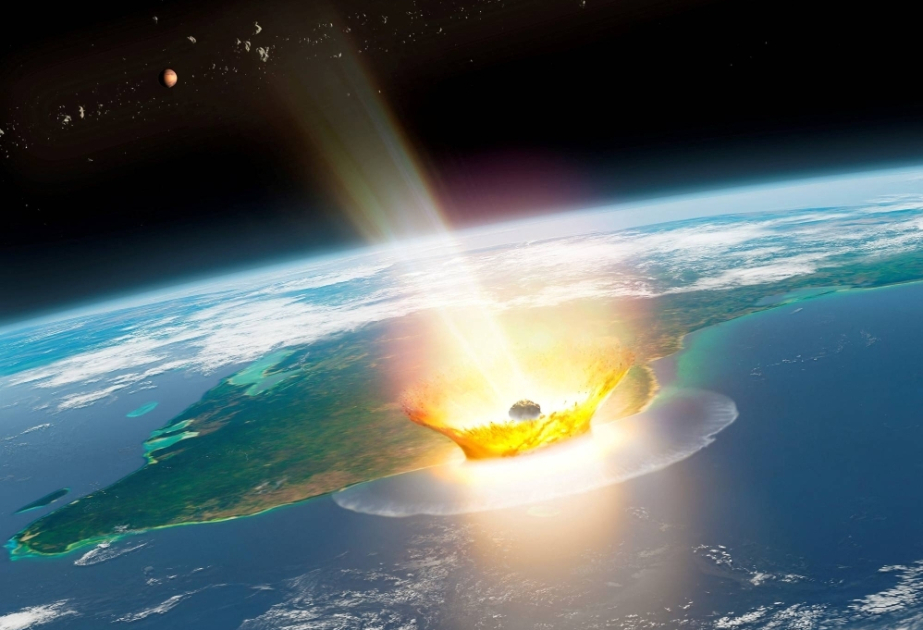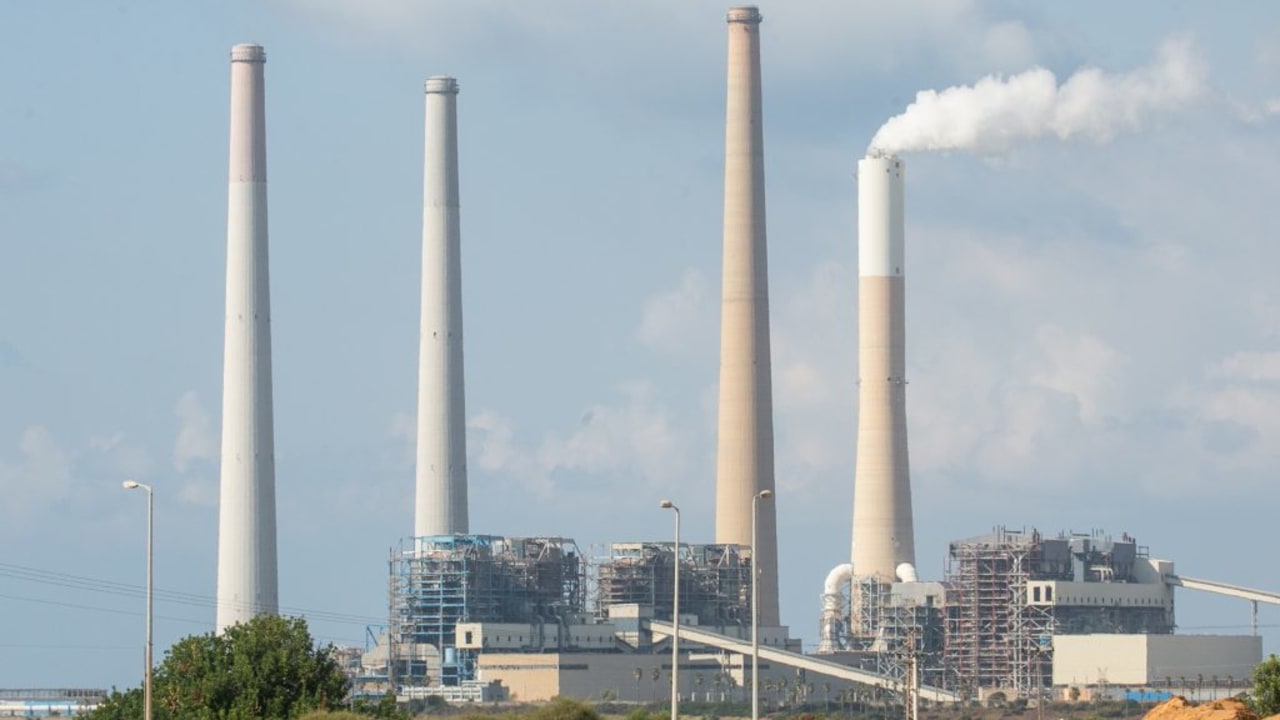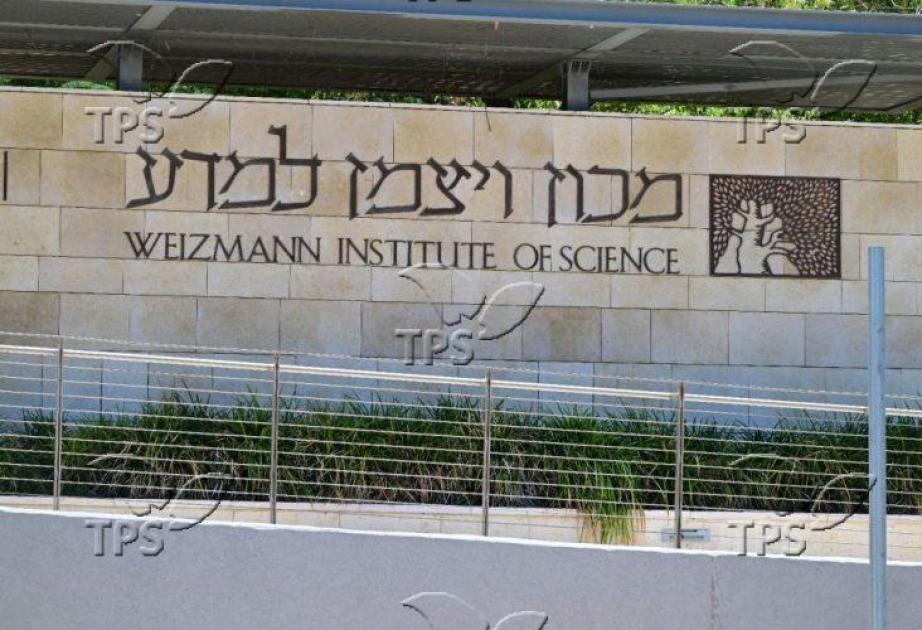The space rock that wiped out the dinosaurs 66 million years ago was a rare strike from an asteroid beyond Jupiter, a new study details, according to LiveScience. The finding pins down the nature of the fateful space rock and its origin within our solar system, and may benefit technology that forecasts asteroid strikes on our planet.
Most scientists agree that the Chicxulub impactor — named after the community in modern-day Mexico near the 90-mile-wide (145 kilometers) crater carved by the rock — came from within our solar system. But its precise origins remain unclear, due to a lack of clear chemical evidence that wasn't contaminated by Earth's own material. Now, in remnants of the impactor collected from European regions of our planet's crust, scientists have found the chemical composition of a rare element called ruthenium to be similar to that within asteroids hovering between the orbits of Mars and Jupiter.
The element is a "genetic fingerprint" of rocks in the main asteroid belt, where the fateful city-size rock was parked before it struck Earth 66 million years ago, Mario Fischer-Gödde, a scientist at the Institute of Geology and Mineralogy at the University of Cologne in Germany who led the new study, told Live Science. The asteroid was likely nudged toward Earth either by collisions with other space rocks or by influences in the outer solar system, where gas giants like Jupiter harbor immense tidal forces capable of disturbing otherwise stable asteroid orbits.
The findings rely on a new technique that essentially breaks every chemical bond bolstering a rock sample while it is stored in a sealed tube, allowing scientists to measure the specific levels of ruthenium in the Chicxulub impactor. The element has remained remarkably stable over billions of years in the face of Earth's frequent, landscape-recycling geologic activity, said Fischer-Gödde, who developed the new technique over the past decade and is one of just a handful of experts in the world who can precisely analyze the rare element.
The researchers compared the results to samples from other asteroid impact sites in South Africa, Canada and Russia, and also to a couple of carbonaceous meteorites, which dominate the outer region of the main asteroid belt. Ruthenium's chemical signatures in the Chicxulub impactor were consistent only with those of the carbonaceous meteorites, pointing to its origin in the outer solar system, the team reported in a study published Thursday (Aug. 15) in the journal Science.
"The paper presents a fantastic set of isotope analyses," David Kring, a principal scientist at the Lunar and Planetary Institute in Texas who was part of the team that linked the Chicxulub impact crater to the dinosaur-killing asteroid decades ago and was not involved with the new study, told Live Science. "You need to understand the origin of objects like this if you're going to properly assess future hazards."
















.png)


